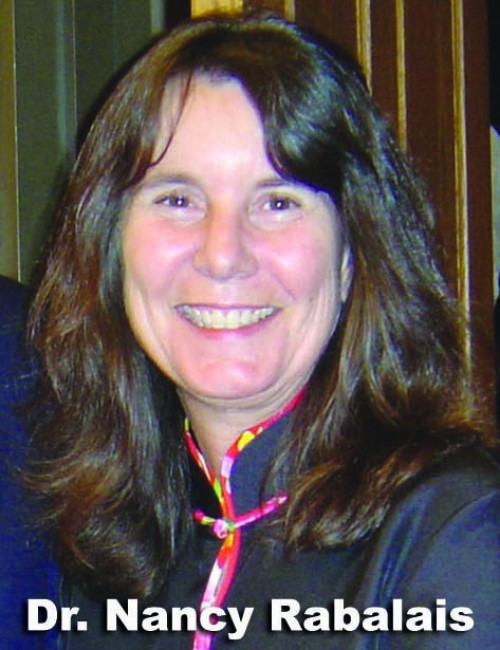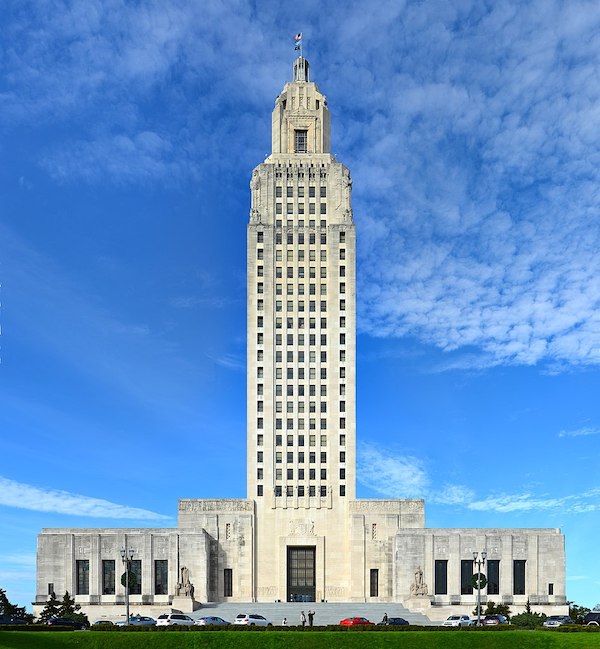August 5
August 5, 2008
Sarah Maria Domangue
August 7, 2008The size of the Dead Zone off the Louisiana coast is not as large as feared, but the area is still nearly as big as it has ever been, said scientists with the Louisiana Universities Marine Consortium in Cocodrie.
The Dead Zone is a region of the Gulf paralleling the Louisiana coast that is deficient in oxygen and harmful to sea life.
LUMCON scientists, along with researchers from Louisiana State University and the University of Iowa, finished examining the zone last week from on board a LUMCON research vessel.
Expecting the Dead Zone to reach a record-breaking 8,800 square miles or so, the scientists measured it at 8,000 square miles, equaling the size of 2001 but not the largest since the area began being mapped in 1985.
The Dead Zone results from excessive algae in the water blocking sunlight and using available oxygen when they decompose on the seabed.
The algae flourish because of the increasing level of nutrients found in runoff originating from Midwest farms and entering the Mississippi and Atchafalaya rivers.
The nutrients flow into the Gulf after exiting the mouths of the rivers and are pushed westward past the Texas border by prevailing northwesterly winds.
Scientists anticipated that the Dead Zone would be larger this year because of the high level of water in the Mississippi River this spring that spilled floodwater on the Midwest.
“Low oxygen conditions were present off Terrebonne and Barataria bays since March and continued to increase through the spring and summer,” said LUMCON Executive Director Nancy Rabalais in a release.
However, wave action associated with Hurricane Dolly’s passage across the Gulf churned up the water, releasing oxygen, she said.
Rabalais expects the level of nutrients in the Mississippi River flowing into the Gulf to increase in coming years, worsening the oxygen depletion.
LUMCON officials said they had struggled for federal funding to pay for the boat trips examining the Dead Zone, which can run up to $7,000 a day. However, the institute earlier this year received $879,000 from the National Oceanic and Atmospheric Administration to study the Dead Zone.
The institute receives no money from the state to study the zone.







